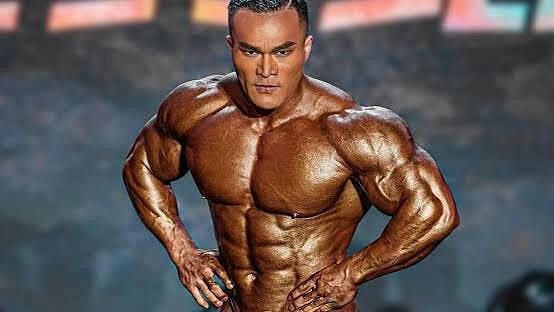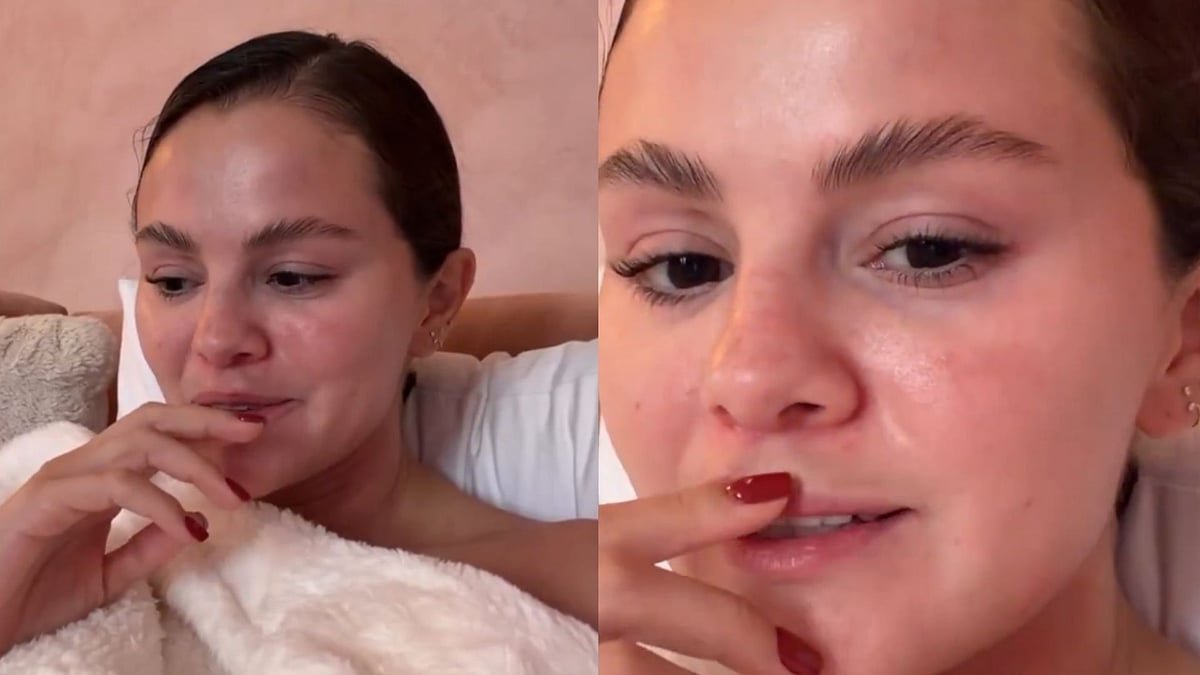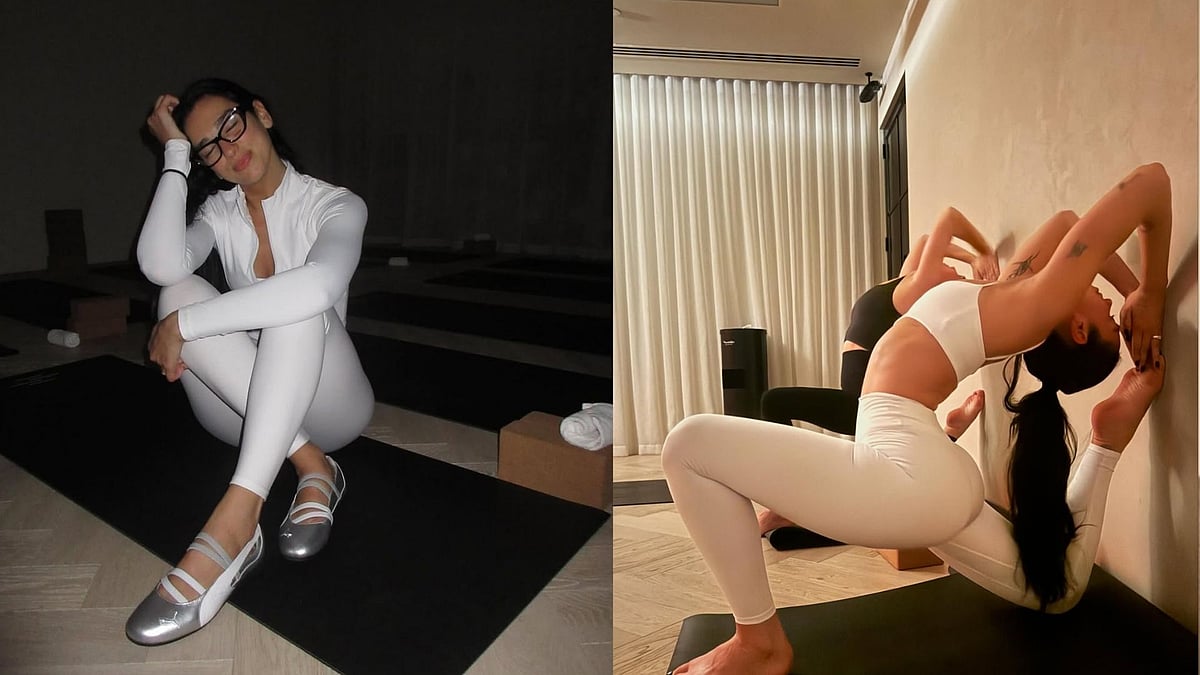Having a right neck curve (posture) is important as it connects the brain to the rest of the body. It also assists in supporting the weight of the head by distributing it evenly. The loss of natural cervical lordosis can lead to a straight or forward head. A person who doesn’t have a normal cervical curve (lordosis) may not experience pain or other issues immediately. However, the person might experience complications as s/he grows older.
One of the common causes of protruding of the normal cervical lordosis is looking down all the time while using the phone or laptop. Also, tightness in the chest wall and in the neck muscles such as psoas from sitting too much, or just getting older may add to the risk of neck weakness. As the curve in the neck increases, the pressure on the discs magnifies, along with the tension in the spinal cord. The muscles in the back of the neck and shoulders stretch and become tight, due to working harder to support the weight of the head. As the good curve in the neck is lost, the head moves forward and starts to feel heavier in the same way. The body can adapt and continue to function like this for a while, but the additional pressure can take a toll and the spinal discs can degenerate faster.
When the shape of the neck changes, the way the segments move also changes. Some discs don’t move as much as they did, while some move a lot, causing other problems such as vision blur, headaches, and dizziness.
As you lose the good curve in your neck, the first thing you might notice is tense and aching muscles in the neck and shoulders. A massage or hot pack might provide temporary relief. Eventually, the ache returns because the muscles are constantly under stress due to the changes in the posture and spine alignment.
The diameter of the artery reduces, leading reduction in blood flow in the person with loss of the normal neck curve. A protrusion in the area where the nerves exit the spinal canal can cause symptoms such as numbness, tingling or burning pain down the arms or legs and affect blood flow to brain.
Thankfully, the curve’s natural balance can be almost restored if one does a few exercises regularly.
Here are a few exercises that will help you counter the effects:
Cervical Flexion: In a standing or sitting position, gently move the head up and down as if you are nodding your head. Lower your neck towards your chest as far as you can (without pain). This should be done very slowly for a set of five repetitions, with a hold of the chin downward for three to five seconds. This exercise can also be done lying down with a pillow under the head. Move chin towards the chest to get a slight stretch on the posterior side of the neck. Repeat flexion and extension movement slowly, five to ten times.
Cervical Extension: This exercise is a simple one to increase the extension of your neck. Place a towel around the base of your neck. Hold on to both ends of the towel. Look down, then slowly up — as if you are nodding your head. Gently hold in place where you feel discomfort or pain and slowly look up toward the ceiling as far as you can (without pain). To create a variation, you can use a theraband instead of a towel, if comfortable.
Wall Press: Stand against the wall. Press your chin either with fingers or with self-efforts against the wall so that backside of your head touches the wall. The movement should be parallel to the ground. Do this five to ten times.
Neck Rotation: In a sitting or standing position, slowly turn the head to one side, keep your back and straight. Hold for two seconds before repeating on the other side. Repeat 10 times on each side.
Shoulder Shrugs: Stand or sit with arms on the side, hands straight with fingers pointing down. Raise both shoulders while keeping the head and neck still. Hold in the upward position for three seconds before returning to starting position and repeat 10 times.
Posterior Shoulder Retraction:
In a sitting or standing position, place hands along the hips as arms. Move shoulders backwards. Now, both arms are flexed and shoulders are back, hold this position for three seconds before returning to the starting position. Repeat five times.









